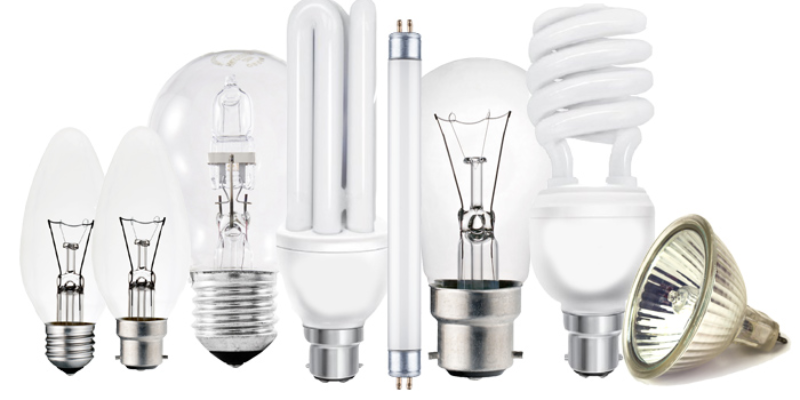
The proposed UK legislation which applies from 1st September is expected to have a one month transition allowance.
The following lamps cannot be placed on the market after 1st October 2021:
The following lamps cannot be placed on the market after 1st September 2023:
Note: there are several exemptions in the regulations for specialist lamps and applications.
Lighting fixtures/fittings (luminaires) with non-replaceable/fixed lamps are not banned but this type of design is being discouraged in the future with a technical justification being required for these designs.
The following errors in the Government press release are those leading to the confusion:
Halogen light bulbs to be banned from this September – with fluorescent light bulbs to follow suit
This suggests that all halogen lamps are banned from this September- this is not the case, some will continue until 2023. Those lamps that are banned from September 1st may still be available for sale if they were first placed on the market before that date.
Legislation being brought forward this month will also include the removal of fluorescent lights from shelves from September 2023.
This is also not the case, only some lengths of T8 fluorescent lamps will be banned from September 2023, other types of fluorescent lamps will still be available.
The new legislation would mean retailers will no longer be able to sell the majority of halogen bulbs for general household use in the UK from 1 September.
This is incorrect, retailers will be able to sell through existing stocks and any products placed on the market before 1st September may also be sold. Some types will continue to be allowed after 1st September (as above).
It is now a legal requirement for Landlords (Domestic and Commercial) to have the installation inspected and tested at least every five years or when occupancy changes.
It is recommended that private properties get an EICR every 10 years and it is now mandatory that Landlords have the installation inspected and tested at least every five years – and more often if the most recent safety report requires it.
An NICEIC accredited at approved contractor level, or approved by another electrical regulatory body at a similar or higher level - you can check this on the Electrical Safety Register.
The electrician will make a visual assessment, and then carry out a series of checks on your electrical systems. Any ‘code one’ problems, ie problems that are immediately dangerous, they will need to fix those there and then or at least make them safe. Any ‘code two’ problems that are potentially dangerous will be noted and a quote provided to fix them at the end of the process, and any ‘code threes” (Issues not deemed unsafe) will again be noted and quoted for.
Each property is different but the electrician needs to check each area thoroughly so you should expect them to be there for a significant period of time. A visual check alone can take up to an hour, and it can take another hour to fill out the certificate.
You have a duty of care to your tenant and must ensure that the installation is safe when they enter the property and is maintained throughout their tenure.
The Landlords and Tenants Act (1985) requires that the electrical installation in a rented property is:
We accept only CARD payments AND NO CASH payment
Where a report rates the electrics as ‘unsatisfactory’, the regulations require the landlord to undertake further investigative or remedial work by a qualified person within 28 days, or sooner if specified in the report.
Unsatisfactory codes shown on the EICR report can include: